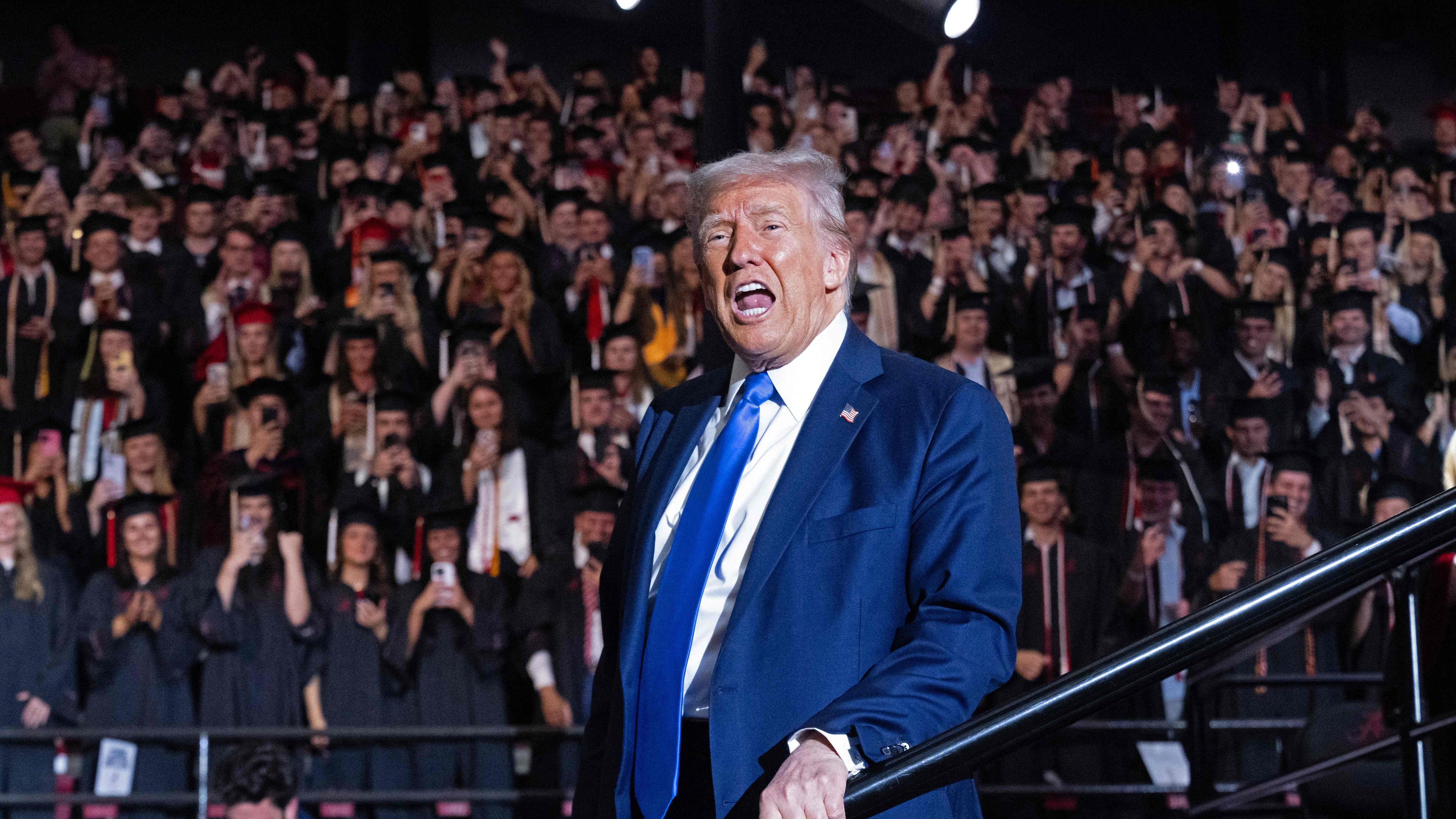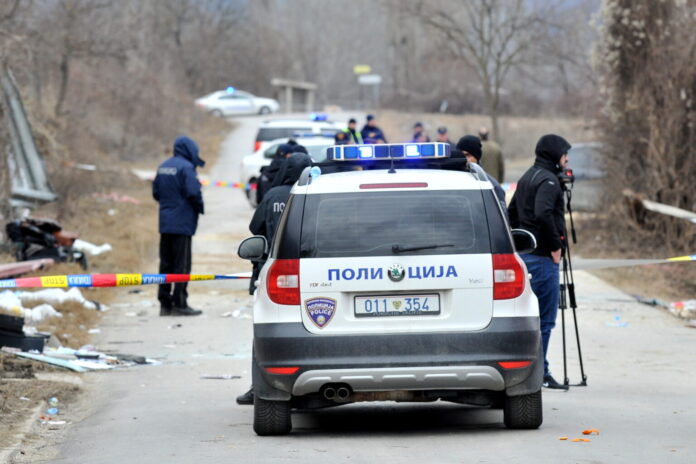Montenegro at 19. The Biennial of Architecture in Venice: Understand country and among – culture

The unanimous decision of the jury of Montenegro will represent the author’s team of Ivan Šuković, Dejan Todorović and Emir Šehanović with the exhibition « Terrrigere: Interstitium. »
Under the roof theme of this year’s Biennial « Intelligence. Natural. Artificial. Collective », the exhibition will offer the difference in nature, through technology and artificial intelligence, to the one we develop together as society – influence that we build and imagine the spaces we live in.
By analyzing the locally specific narrative related to the establishment of demarcation in the country, as equally spatial and cultural Montenegrin phenomena – the authors of the exhibition in their work translates into constellations inhabited, hovering, polycarbonate forms.
Architecture of these shapes, but also whole constellations indicates the mediator’s role of architecture in the world of Karl Rati, Commissioner of Venetian Biennial Architecture, about understanding architecture as an agent and tools we establish links between different types and worlds.
Architecture Settings understood as a border space of art and science, at the micro level brings insight into the development of micro world – inhabitants of polycarbonate forms – specific bacterial cultures collected at localities in Montenegro.
The research of microbiological processes and their potential for implementation in architecture and construction is the scientific basis of this paper, which approaches and makes it receptive to analyzer what remains invisible in everyday life.
« Living laboratory » established in this way offers research and learning from microprocess, opening options for considering potential analog applications of these processes in the construction practices of the future.
« Through the project of the open-ending laboratory, architecture is placed in a comparative plane with a phenomenon of the art and traditional construction modes, the copyright team illuminates that nature may shape the sustainable future of architecture, » Mirjana Đurišić said.
Curocod exhibition Dr. Miljana Zekovic explains: « During the six-month duration of Biennial, the Laboratory will run into the world of microprocess of bacteria in Durmitor, Skadar Lake, Bukumir Lake, etc. These processes will be realized in Floating polycarbonate laboratory installed in the pavilion.
Bio pigments and interesting spatial constellations caused by the development of these cultures, direct replacements for dangerous components based on petrochemical processes and heavy metals, which we use, and represent sustainable solutions in the fields of ecology, architecture and the construction of the future.
The partner in this research is the Institute for Molecular Genetics and Genetic Engineering of the University of Belgrade, Pioneer in the development of these topics in the region. «
« Understanding the country involves giving voting soil through allegory and sound. This interdisciplinary interpretation is interpreted, enabling a layered understanding as a fixed and unchanging, but as a processing and evolutionary form that can grow, transform, cooperate with nature. The subtitle interstitimates the spaces of the transformation and invisible for the scientific methodology and artistic and philosophical aspects of architecture, inviting critical of the human role in the cycles of destruction and re-creation, introduces us to the space in which conventional boundaries between science is deleted And art – where science begins to imagine, and art relies on facts. « The copyright leader, Sukovic, said.
This spatial installation does not display an almost solution, but calls on its own reflection by opening questions about the routes of micro – macro, natural – artificial and traditional – modern. It is this ability of space to stimulate the creation of new relationships and meanings can be seen as a form of intelligence – not set, but spatially generated through relationships, perception and interpretation. In this way, the issues of architecture are also opened – by reflection on the use of sustainable local materials, generative development models, spatial policies and territorial relations, as well as modern programs, thus reviewing architecture limits as discipline. » – He stated one of the authors, Dejan Todorović.
Emir Šehanović closer to the installation of words: « As a basic building element of our work, it imitates it at the same time, instead of fixing the space, he opens it for interpretation, these faces function as ecosystems because of its content. They They are not static, but a framework in which there is interaction between biological and material systems. In this way, they explore the boundaries between natural and artificial, permanent and temporary, stable and transformative. «
The organizer of the exhibition is the Ministry of Spatial Planning, Urbanism and State Property – Directorate of the Chief State Architect, with the support of the Government of Montenegro.
This time, this time, the National Pavilion will open in Artenova Gallery, located in Campo San Lorenzo in Venice.
The exhibition lasts until 23. November.
Follow us on our Facebook and Instagram page, but also on X account. Subscribe to PDF List release today.






/s3/static.nrc.nl/images/gn4/stripped/data131758860-14b505.jpg|https://images.nrc.nl/6rngzjNfYHYnycbty3qUPudi45Y=/1920x/filters:no_upscale()/s3/static.nrc.nl/images/gn4/stripped/data131758860-14b505.jpg|https://images.nrc.nl/zWeAIuQQjYNx5_T9QHgPg2HsjW8=/5760x/filters:no_upscale()/s3/static.nrc.nl/images/gn4/stripped/data131758860-14b505.jpg)
